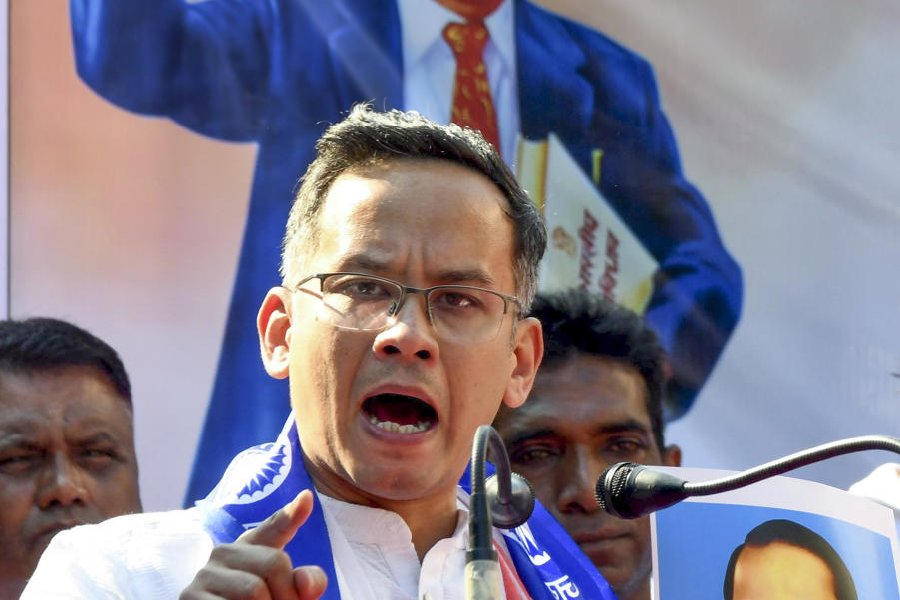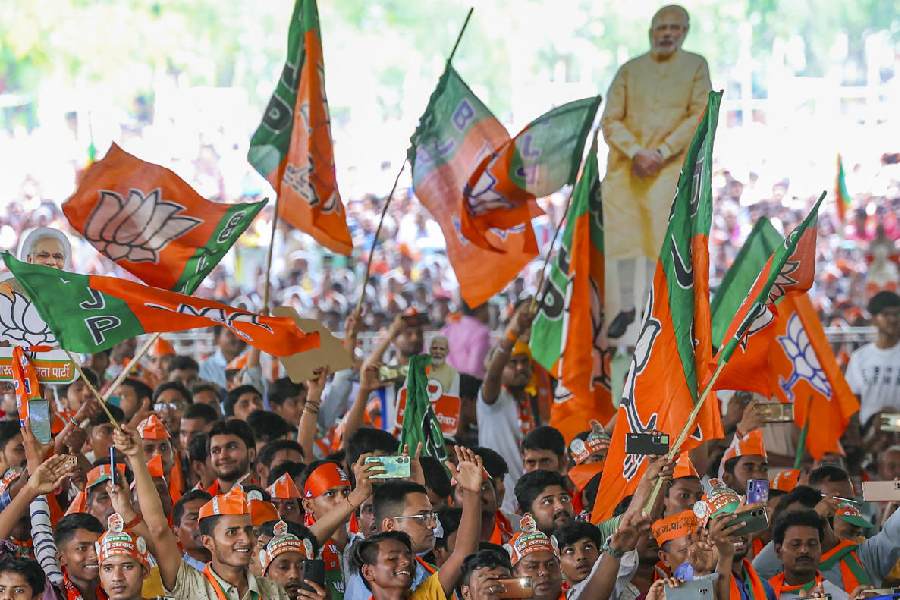Farmers’ distress and the viability of farming were at the forefront of the electoral discourse in the recent elections. Not only the lot of farmers but also the state of agriculture needed a major policy push.
There was a deceleration in the growth of real GDP in agriculture in 2018-19, with the growth rate falling to 2.9 per cent in 2018-19 against 5 per cent in 2017-18. This deceleration resulted in the moderation of the growth rate of overall GDP to 6.8 per cent compared with a growth rate of 7.2 per cent in 2017-18.
Capital formation in agriculture also declined from 18 per cent of agricultural GDP in 2013-14 to 15 percent in 2017-18.
Nearly 50 per cent of the workforce is still employed in agriculture with a continuous decline in its contribution to GDP.
In this background, much was expected from Budget 2019-20. However, the Budget failed to deliver much.
The present government, while assuming office in the previous term in 2014, had announced doubling farmers’ income as one of its major objectives.
Many programmes, such as Pradhan Mantri Krishi Sinchai Yojana (PMKSY), Pradhan Mantri Fasal Bima Yojana (PMFBY), soil health card scheme were launched to increase irrigation, reduce farmers’ risk and to improve soil fertility.
In the last couple of years, a slew of programmes has been announced to ensure higher prices to farmers and to also provide direct income transfers. e-NAM or Electronic National Agricultural Market scheme, which was a market-based initiative, was followed by a more ambitious public price support program called PM-AASHA in September 2018.
More recently, in the interim budget, a direct income transfer programme called PM-KISAN (Pradhan Mantri Kisan Samman Nidhi) was announced. In spite of such a large array of programmes, the performance of agriculture has been at best modest and economic viability of farming (and farmers) has been under severe stress.
The ever declining size of land holdings makes them too small to be viable.
C.S.C. Sekhar is professor at Institute of Economic Growth











